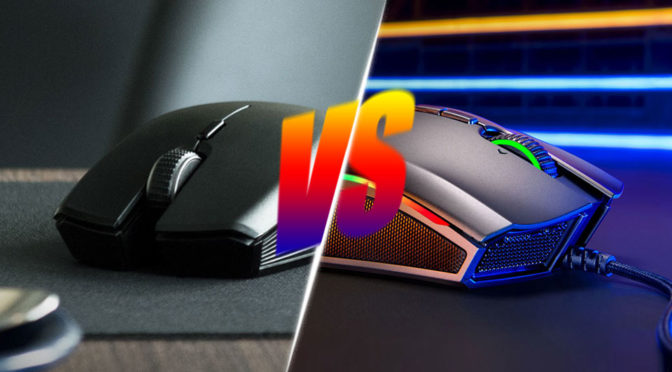Windows 11 Bootable USB
Windows 11 Bootable USB
In the digital age, operating systems play a pivotal role in our daily lives. Windows 11, the latest offering from Microsoft, comes with a range of exciting features. To fully experience Windows 11, you may want to create a bootable USB drive. This article will guide you through the process.
Why Create a Windows 11 Bootable USB?
Creating a Windows 11 bootable USB drive offers several advantages. It allows you to install or repair Windows 11 without the need for an installation disc. You can also use it to troubleshoot system problems. Furthermore, a bootable USB is handy for those with devices lacking an optical drive.
Requirements for Creating a Bootable USB
Before we dive into the process, let’s gather the necessary materials:
- A USB drive with at least 8GB of storage
- A stable internet connection
- A Windows 11 ISO file
- Rufus, a free and user-friendly utility
Steps to Create a Windows 11 Bootable USB
a. Downloading Windows 11 ISO
First, download the Windows 11 ISO file from the official Microsoft website. Make sure you choose the right version for your system architecture (32-bit or 64-bit).
b. Selecting a USB Drive
Insert your USB drive into an available port. Ensure it has at least 8GB of storage capacity. Back up any data on the drive, as creating a bootable USB will erase all existing files.
c. Using Rufus to Create the Bootable USB
- Download Rufus from their official website.
- Open Rufus and select your USB drive from the device list.
- Under ‘Partition scheme,’ choose ‘MBR’ for older systems or ‘GPT’ for newer ones.
- In the ‘File system’ section, select ‘NTFS.’
- Click on ‘Start’ to begin the process. A warning will appear, stating that all data on the drive will be destroyed. Confirm and proceed.
- Rufus will now copy the Windows 11 ISO file to the USB drive, creating a bootable USB.
- Once the process is complete, click ‘Close.’
Troubleshooting Common Issues
Creating a bootable USB can sometimes be challenging. If you encounter any problems, consult our troubleshooting guide for solutions.
Advantages of a Bootable USB
A Windows 11 bootable USB offers several advantages:
- It is a portable Windows installation tool.
- It can be used for system recovery.
- It’s a lifesaver for devices without an optical drive.
- It allows for a fresh Windows installation without the need for a CD/DVD.
Conclusion
In a world where technology reigns supreme, having a Windows 11 bootable USB can be a lifesaver. Whether you need to install Windows on a new device or troubleshoot issues on your existing system, this method is versatile and convenient.
Frequently Asked Questions (FAQs)
- Can I use a regular USB drive to create a bootable Windows 11 USB?
- Yes, any USB drive with at least 8GB of storage will work.
- What is the difference between MBR and GPT partition schemes for the USB drive?
- MBR is suitable for older systems, while GPT is recommended for newer ones.
- Do I need a product key to install Windows 11 from a bootable USB?
- Yes, you will need a valid product key to activate Windows.
- Can I use the same bootable USB on multiple devices?
- Yes, as long as you have a valid Windows 11 license for each device.
- Is Rufus the only software to create a bootable USB, or are there alternatives?
- There are other tools available, but Rufus is a popular and user-friendly choice for this task.
Now that you have all the information you need to create a Windows 11 bootable USB drive, you can experience the full potential of Microsoft’s latest operating system. Get started today!

